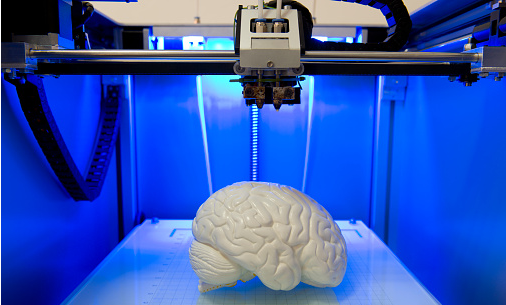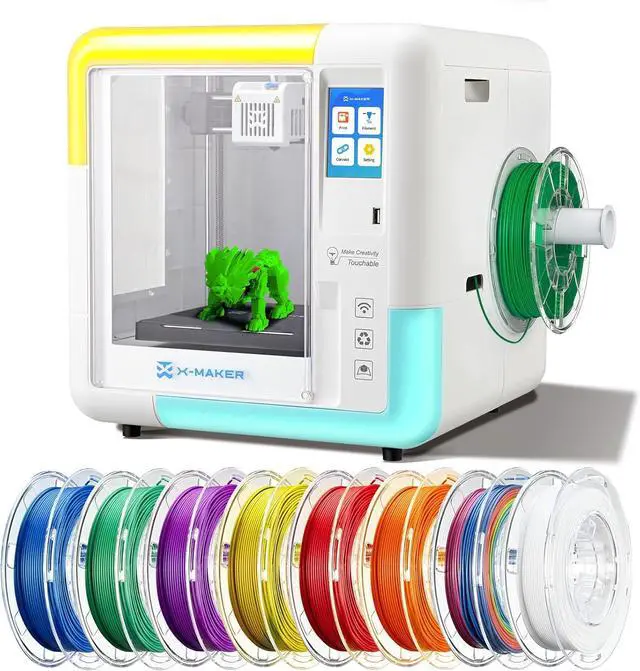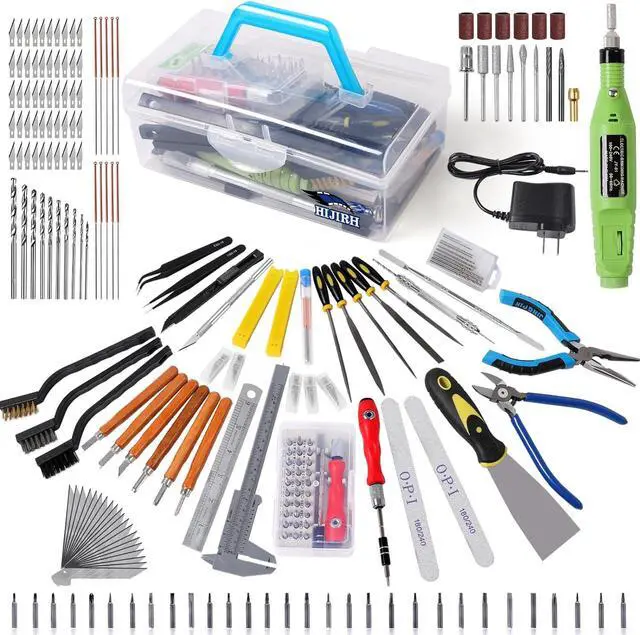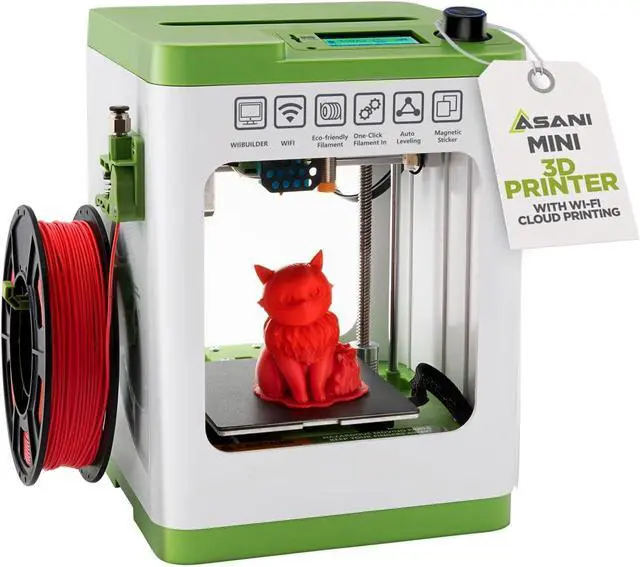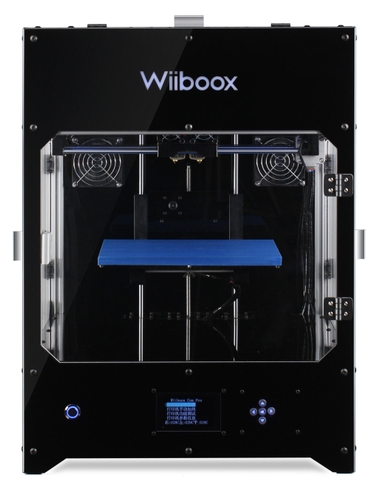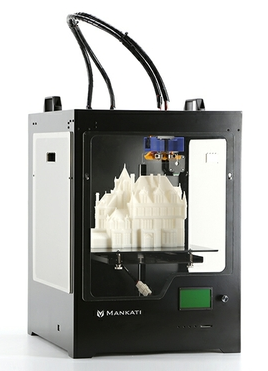3D printing technology has rapidly progressed over the past decade. There has also been plenty of hype surrounding its actual capabilities. Fears from the pundits about average citizens printing unlicensed firearms, as well as the views of those who believe that we are on the cusp of printing replacement organs were widely publicized in the media. The problem with these scenarios is that the cost behind producing anything worthwhile can be high, and access to materials is often limited. As with any emerging technology there is a learning curve that the industry needs to go through in order to have an efficient and viable product. Regardless of the limitations, there is no denying that there are some companies making incredible progress with what can be done with 3D printing. Two companies in particular that are making profound progress with additive printing are Wiiboox and Mankati.
Desktop Manufacturing
Wiiboox is a pioneer in the world of high-quality desktop 3D printers. It is the first company to include a built-in air particle filtration system, which eliminates harmful nanoparticle emissions down to .08 microns. Their One and One Pro models feature 4-way access doors, a lightweight frame, and a build size of 9.8” x 7.8” x 7.8.” It specifically is geared towards the hobbyist and non-industrial users. Wiiboox’s goal was to make 3D printing safer, easier, and more convenient for the end user. They’ve even added support to print directly from a SD card. All of these design aspects were tactfully developed to create a printer that makes the ultimate user-friendly printing experience.
While their target market is not typically focused on industrial use, the resolution of the One Pro can go down to 90 microns, and is currently used by P&G. Looking to the future, the company indicates that the next step for them is to go towards a direct light processing (DLP) method, thus increasing the speed and capabilities of what desktop printing can accomplish.
Mankati released a line of user-friendly desktop 3D printers, the Fullscale XT Plus. It has an impressive 20 micron resolution and a build size of 11.8” x 10.2” x 10.2”. These printers come with high temperature dual extruders, high flow fans for cooling, multiple filament options and high nozzle heat tolerance. Larger build sizes, cooler operation, and higher heat tolerances means higher productivity and longer lifespans. Machines like this push the boundaries of what hobby printers can create and really opens up the possibilities for personal use.
A New Frontier
There is a lot of excitement behind the possibility of what 3D print manufacturing can offer, and the technological capabilities are astounding. The industry grew 35% in 2014 to $4.1 billion, with the largest industries to adopt the technology being aerospace, industrial, healthcare, automotive and jewelry. The prints that started out as rudimentary and blocky “8-bit style” pieces have evolved to become much more refined, and now there are several types of 3D printing methods.
As technology becomes more readily available and cheaper, the traditional filament-printed novelty items that have represented the hobby industry will fade away. As it stands now, additive manufacturing can use silver, stainless steel, glazed ceramics, sandstone, and a variety of other materials. Earlier this month the FDA actually approved the first ever 3D printed pill. Some companies have even successfully printed medical implants, opening up the door to massive potential for localized and rapid custom medical solutions. There is indeed a great opportunity for 3D printing to have a place in the future of production and personal use. It is only a matter of time before that potential will fully be realized and we put the technology into practical application.
What would you make if you had a 3D printer?

